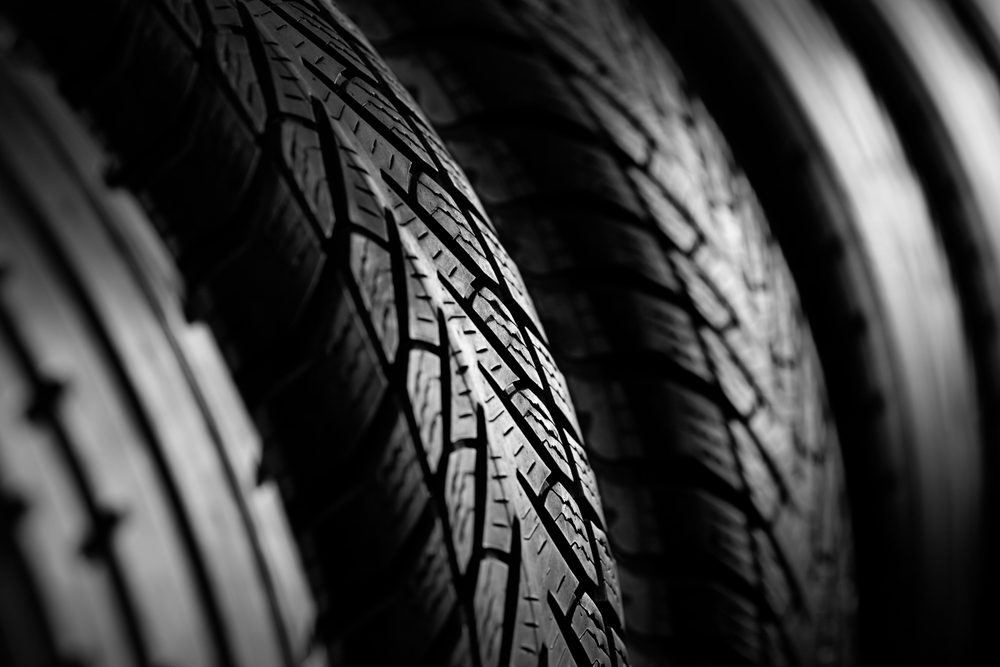Blog
5 Signs You Need to Replace Your Snow Tires
October 20, 2020
You need your snow tires when the weather turns cold. They help grip the road in icy, wet conditions, and the deep tread helps push through snow and slush. However, you don’t want to rely on them if they’re too worn to do their job. Read on for signs you may need new ones.
5 Signs You Need to Replace Your Snow Tires
1. Visible Damage
Always check your tires from all angles before winter weather hits. It’s easiest to inspect them before putting them on the car. Look for any bulges, cracks, or gouges.
2. Worn Tread
Winter tires have a deeper tread than all-season or summer tires. When the tread wear gets to about 50 percent (4/32-inch depth), you need to replace the tire in order to have a strong enough grip on the road surface. Some tires have bar indicators that tell you when the tread is worn out, but you can also test the tread depth yourself.
How to Test Tread Depth
One way is to use a tire tread gauge, a convenient tool to keep in your glove compartment. Insert the gauge pin into the most shallow groove of the tire tread. Insert until the base is even with the tire. If the reading is between 7-12 and 7-32, the tires are still good. A number below that and your tires are no longer capable of handling winter roads.
Another simple way to test the tread is to use a toonie. Your tires may need to be replaced if the silver part of the toonie disappears in the tread. Ideally, you want the tread to reach the bear’s paws. If it reaches just the Canada lettering, replace the tires right away.
3. Age
Winter tires are generally designed for three to four seasons, depending on how cold your area is and how much driving you do. Driving mostly on snow wears the tread out less quickly than driving on cold, freezing roads. Storing the tires indoors in an airtight bag during summer months will help them last longer since heat and light exposure speed up their ageing process.
4. Tire Pressure
Check tires periodically to make sure they’re not losing pressure too quickly. Losing one pound per square inch in a month’s time is about normal. Losing more than that means a potential problem.
5. Not Removing the Tires After Winter
Winter tires are designed to stay soft and flexible in very cold temperatures, so driving them all year wears them out much faster. The rubber material of the tires becomes too soft in the heat of summer and quickly disintegrates. Not only is that bad for driving on warm roads, but the tires will also wear out unevenly.
Winter tires help your car handle tough road conditions and deserve the best care you can give them. Keep an eye on them at regular intervals. If you need your tires checked by a professional or think it might be time for new ones, visit us today at Xtreme Tire Garage. We’ll make sure your car is equipped for winter.
WANT TO LEARN MORE? GIVE US A CALL!
Our Xtreme team will be more than happy to answer any questions you may have and assist you with anything you need.


